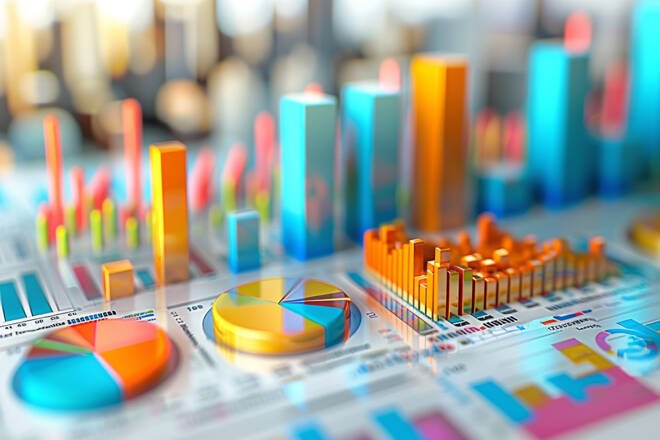US GDP Growth Starts 2024 Below Expectations
Q1 2024 sees modest GDP rise of 1.6%, federal cuts vs.state hikes, and a purchase price index jump to 3.1%.

The latest Gross Domestic Product (GDP) data released by the U.S. Department of Commerce showed weaker-than-expected U.S. economic growth in early 2024. Real GDP grew at an annualised rate of just 1.6% in the first quarter, below economists' expectations of 2.4%. This is a significant slowdown from the 3.4 per cent growth rate in the last quarter of 2023.
The small increase in GDP was primarily due to growth in consumer spending, residential and nonresidential fixed investment, and state and local government spending. However, these increases were partially offset by a decline in private inventory investment and a decline in federal government spending. Notably, imports, which are subtracted from GDP, increased during the quarter.
Consumer spending was a mixed bag, with growth in services spending, particularly health care and financial services, partially offset by declines in goods spending, particularly for automobiles and energy products. On the government side, while state and local government spending increased, largely due to higher employee compensation, federal government spending declined, contributing to a deceleration in overall GDP growth.
Investment showed a different trend, with residential fixed investment accelerating, highlighted by brokerage commissions and new single-family homes. In contrast, nonresidential investment grew significantly in intellectual property products. Growth in imports, including goods and services, was a further drag on GDP.
Inflation indicators accelerated, with the Gross Domestic Purchase price index rising to 3.1 per cent from 1.9 per cent in the previous quarter. Personal consumption expenditures rose sharply, reflecting higher consumer prices. In addition, while the personal savings rate declined slightly from the previous quarter, personal incomes rose sharply, leading to an increase in disposable income.
Market sentiment is likely to be cautious given the mixed economic indicators, with slower GDP growth, mixed consumer spending, and rising inflation. Traders should be prepared for potential volatility and be bearish on the US economy in the short term until further signs of stabilisation or growth are seen. The second GDP estimate, to be released at the end of May, will be critical in confirming the trend and adjusting forecasts accordingly.
Disclaimer: The views in this article are from the original Creator and do not represent the views or position of Hawk Insight. The content of the article is for reference, communication and learning only, and does not constitute investment advice. If it involves copyright issues, please contact us for deletion.